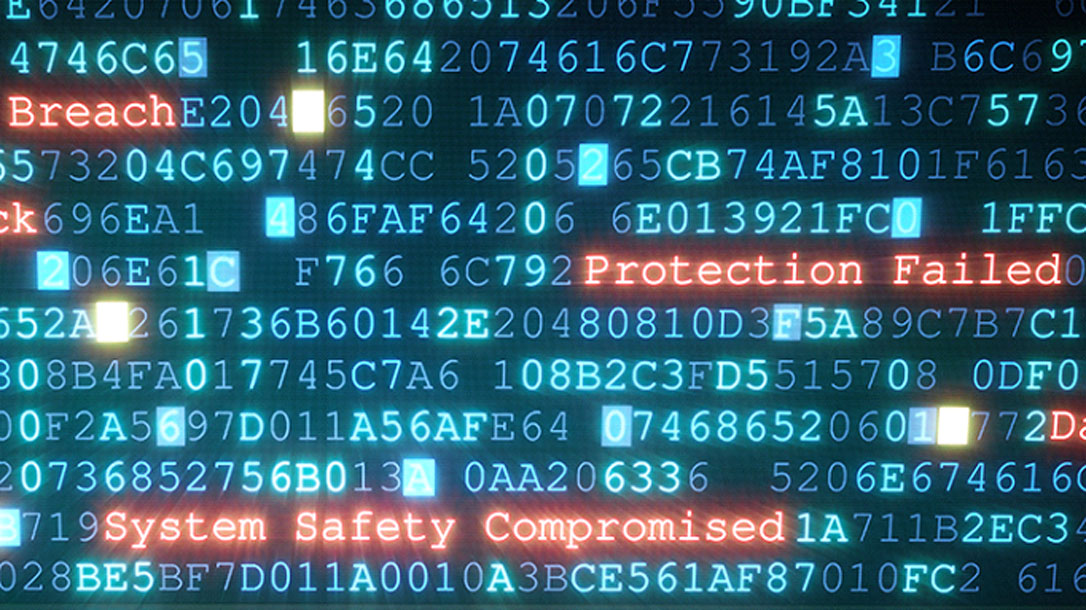Emphasize on the need to deploy Endpoint Detection and Response Capabilities to enhance protection
Key India-specific survey findings:
- Most cybercriminals are detected at the server (39 percent) or on the network (35 percent); 8 percent are found on endpoints
- More than 18 percent threats discovered in India are on mobile devices, almost double than the global average
- 92 percent Indian IT managers wish they had a stronger team in place to properly detect, investigate and respond to security incidents
- 89 percent IT managers surveyed believe cybersecurity recruitment is a challenge
- 97 percent IT managers admitted that security expertise is one of the greatest issues in India
- Three – fourth of Indian organisations admitted not being able to take full advantage of implemented EDR solutions
- 67 percent Indian organisations plan to add Endpoint Detection and Response (EDR) capabilities to fight cyberattacks
- After Mexico and France, Indian businesses most hit by cyberattacks
Sophos, has announced the findings of its global survey, 7 Uncomfortable Truths of Endpoint Security, which reveal the extent to which Indian businesses are at a risk of repeated cyberattacks and are vulnerable to exploits. It also reveals that IT managers are more likely to catch cybercriminals on their organization’s servers and networks than anywhere else. In fact, IT managers discovered 39 percent of their most significant cyberattacks on their organization’s servers and 34.5 percent on its networks. Only 7.9 percent were discovered on endpoints and 18.8 percent, which is almost double the global average, were found on mobile devices. The survey polled more than 3,100 IT decision makers from mid-sized businesses in 12 countries including the US, Canada, Mexico, Colombia, Brazil, UK, France, Germany, Australia, Japan, India, and South Africa.
IT security continues to be a major issue across the globe with 68 percent of organisations surveyed hit by cyberattacks in the last year (76.3 percent organisations in India). On an average, organisations impacted by cyberattacks were struck at least twice.

Server security stakes are at an all-time high with servers being used to store financial, employee, proprietary, and other sensitive data. Today, IT managers need to focus on protecting business-critical servers to stop cybercriminals from getting on to the network. They can’t ignore endpoints because most cyberattacks start there, yet a higher than expected amount of IT managers still can’t identify how threats are getting into the system and when. IT managers who are unaware about the origins or movements of an attack, will not be able to minimize risk and interrupt the attack chain to prevent further infiltration. EDR helps them identify the risks and put a process in place for organisations at both ends of the security maturity model. If IT focuses on threat detection, EDR which is an integral piece that provides threat intelligence can quickly find, block and remediate these threats,”
Sunil Sharma, managing director sales at Sophos India & SAARC.
Fourteen percent of IT managers who were victim to one or more cyberattacks last year can’t pinpoint how the attackers gained entry, and 17 percent don’t know how long the threat was in the environment before it was detected, according to the survey. To improve this lack of visibility, IT managers need endpoint detection and response (EDR) technology that exposes threat starting points and the digital footprints of attackers moving laterally through a network.
On average, Indian organizations that investigate one or more potential security incidents each month spend 48 days a year (four days a month) investigating them, according to the survey. It comes as no surprise that IT managers ranked identification of suspicious events (22 percent), alert management (19 percent) and prioritization of suspicious events (13 percent) as the top three features they need from EDR solutions to reduce the time taken to identify and respond to security alerts.
Sixty-seven percent of respondents said they were planning to implement an EDR solution within the next 12 months. Having EDR also helps address a skills gap. Eighty percent of IT managers wish they had a stronger team in place, according to the survey. More information is available in the 7 Uncomfortable Truths of Endpoint Security PDF and on Sophos News.
The 7 Uncomfortable Truths of Endpoint Security survey was conducted by Vanson Bourne, an independent specialist in market research, in December 2018 and January 2019. This survey interviewed 3,100 IT decision makers in 12 countries and across six continents including India. All respondents were from organizations with between 100 and 5,000 employees.


